Upgrading the Remote Learning and Hybrid Classroom
A Principal's Reflections
NOVEMBER 22, 2020
These unprecedented and uncertain times have spawned a paradigm shift in the way teaching and learning are conducted. With many schools and districts struggling to not only maintain effective engagement with their students but to be able to quickly and easily adjust to changing and ambiguous guidelines is equally as challenging. The ability to swiftly and seamlessly adjust to the unknown, short- and long-term future of curriculum facilitation is essential for maintaining education continuity for








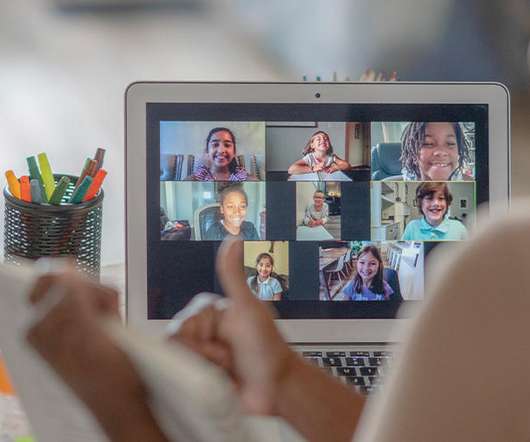

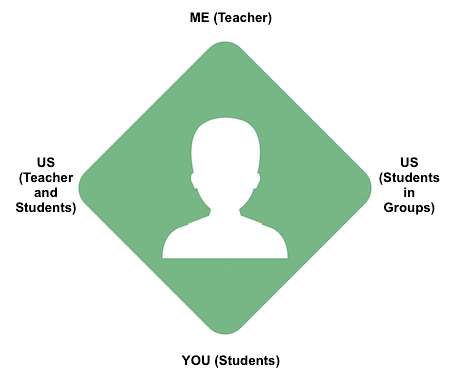


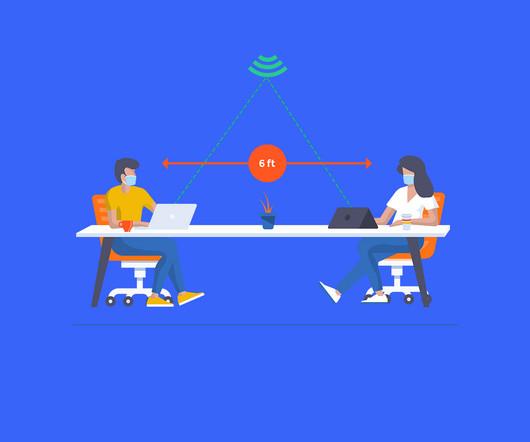

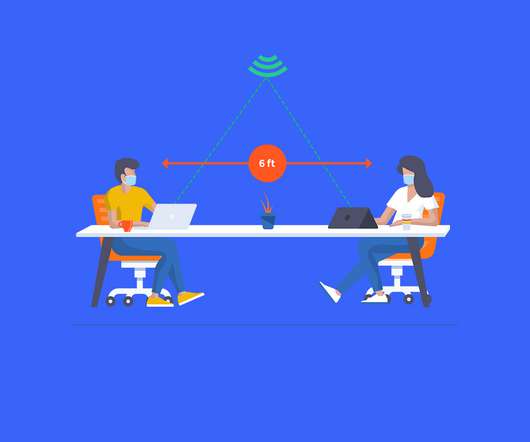
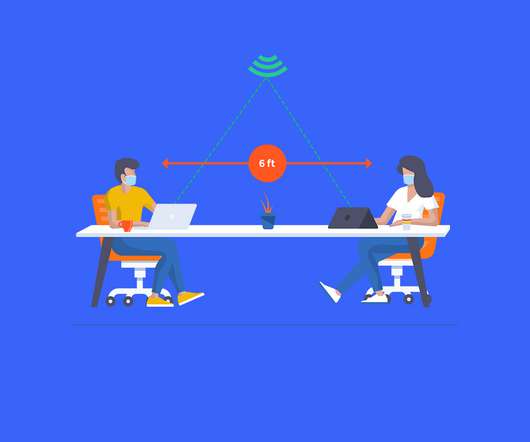










Let's personalize your content